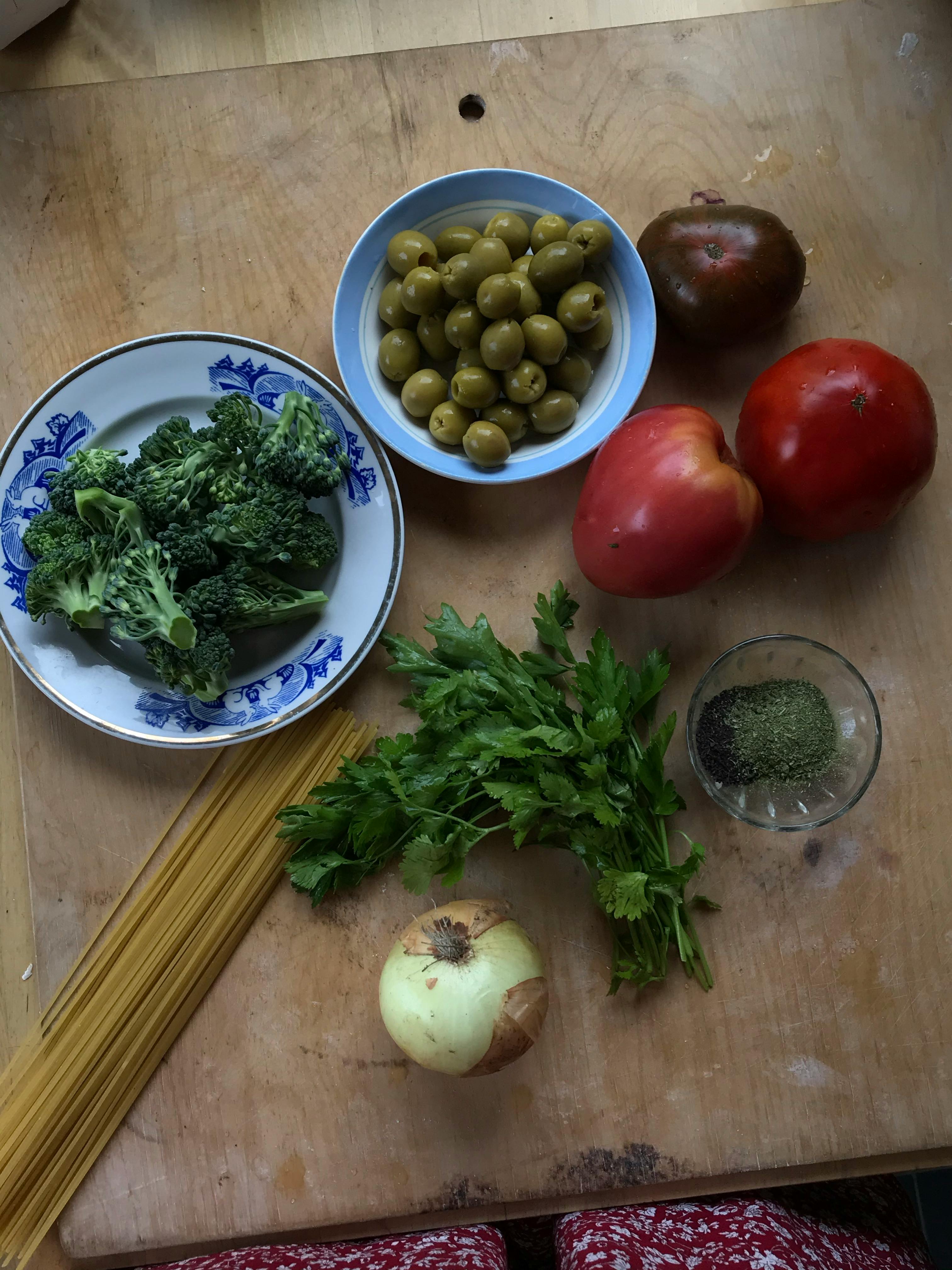
Effective Ways to Explore Your Anti-Inflammatory Diet Food List in 2025
Understanding the Anti-Inflammatory Diet
What is the Anti-Inflammatory Diet?
The anti-inflammatory diet focuses on consuming foods that help reduce inflammation in the body. This approach is beneficial for anyone looking to enhance their overall health, particularly those dealing with chronic inflammation or autoimmune diseases. By prioritizing nutrient-rich, whole foods, individuals can mitigate the inflammatory response and promote optimal wellness.
Benefits of an Anti-Inflammatory Diet
Engaging in an anti-inflammatory diet can lead to numerous health advantages. These include improved heart health, better mood regulation, and boosted immune function. Additionally, this diet is linked to reduced joint pain and improved mobility for those suffering from arthritis. Research indicates that the nutrients found in anti-inflammatory foods can decrease inflammatory markers in the body, significantly impacting chronic illness risk.
The Core Principles of Anti-Inflammatory Eating
This dietary approach revolves around the inclusion of foods rich in antioxidants, omega-3 fatty acids, and high fiber while avoiding processed and sugary items. It emphasizes whole grains, fruits, vegetables, healthy fats, and lean proteins. The aim is to create a balanced plate that fosters healing and longevity.
Key Foods for Your Anti-Inflammatory Diet
Top Anti-Inflammatory Fruits and Vegetables
Incorporating a variety of fruits and vegetables is essential for any anti-inflammatory plan. Berries, particularly blueberries and strawberries, are well-reputed for their high antioxidant levels. Leafy greens like spinach and kale also provide significant nutrients that combat inflammation. Additionally, cruciferous vegetables such as broccoli and Brussels sprouts can further support this dietary approach.
Best Grains for an Anti-Inflammatory Diet
Choosing whole grains over refined grains is crucial. Brown rice, quinoa, and barley are excellent options that provide fiber while maintaining lower glycemic indexes. These foods not only help in managing blood sugar levels but also contribute to lowering inflammation due to their high antioxidant properties.
Essential Healthy Fats and Oils
Fats are not enemies in this diet; rather, healthy fats are vital for combating inflammation. Omega-3 fatty acids found in flaxseeds, chia seeds, and fatty fish such as salmon can reduce inflammatory responses. Moreover, extra virgin olive oil serves as a great base for various dishes while providing anti-inflammatory benefits.
Creating Your Anti-Inflammatory Meal Plan
Planning Balanced Meals
Crafting balanced meals is essential for the anti-inflammatory diet. Each meal should incorporate a source of lean protein, whole grains, and a colorful array of fruits and vegetables. Experimenting with different food combinations will keep your meals exciting while ensuring nutritional adequacy.
Easy Anti-Inflammatory Recipe Ideas
Some simple yet delicious recipes include quinoa salad with mixed vegetables, grilled salmon with a side of sautéed spinach, and overnight oats topped with berries and nuts. These dishes not only support a healthy weight but also ensure your body receives valuable nutrients.
Staying on Track: Meal Prep Tips
Preparing meals in advance can help you stick to your anti-inflammatory eating habits. Cooking larger portions of anti-inflammatory foods like soups, stews, or grain bowls can provide quick meal options throughout the week. Utilize containers to store pre-portioned snacks to avoid reaching for less healthy options.
Essential Herbs and Spices for Inflammation
The Power of Turmeric and Ginger
Turmeric, with its active compound curcumin, is renowned for its anti-inflammatory effects. Combining it with black pepper enhances its absorption. Similarly, ginger has properties that may contribute to reducing pain and inflammation, making it another excellent addition to your meals.
Utilizing Other Anti-Inflammatory Spices
Incorporate spices like cinnamon, garlic, and cayenne pepper into your culinary creations. These ingredients not only enhance flavor but also bring forth various health benefits, making them integral components of an anti-inflammatory diet.
Exploring Herbal Teas
Herbal teas, such as chamomile and green tea, can also be incorporated as anti-inflammatory beverages. Not only do they hydrate the body, but they also provide additional antioxidants that aid in inflammation management. Drinking these teas regularly can incorporate relaxation into your routine while benefiting your health.
Avoiding Inflammatory Foods
Processed Foods to Avoid
To maximize the effectiveness of your anti-inflammatory diet, it's crucial to minimize or eliminate processed foods high in sugars and unhealthy fats. Items like sugary snacks, sodas, and refined cereals should be substituted with healthier alternatives.
The Importance of Reading Labels
Be vigilant with food labels, checking for hidden sugars, unhealthy fats, and additives that may trigger inflammation. Awareness of these ingredients ensures you're making informed choices aligned with your diet goals.
Consulting with Professionals
Working with a healthcare provider or nutritionist can provide tailored advice and support as you embark on your anti-inflammatory eating journey. They can guide you in addressing personal food intolerances and help create a sustainable dietary plan that fits your lifestyle.

Tips for Success on an Anti-Inflammatory Diet
Developing Healthy Eating Habits
Adopting an anti-inflammatory diet successfully requires forming healthy eating habits. Start by gradually incorporating more anti-inflammatory foods into your meals and reducing processed options. Tracking progress can also assist in staying motivated during your journey.
Understanding Food Sensitivities
Recognizing any personal food sensitivities can enhance adherence to your diet. Common inflammatory triggers include dairy and gluten for some individuals. Keeping a food diary can help identify these sensitivities and adjust your diet accordingly.
Engaging with Support Communities
Connecting with others who share similar dietary goals can provide motivation and make the journey enjoyable. Online forums and social media groups dedicated to anti-inflammatory eating offer camaraderie, support, and meal inspiration as you explore this dietary lifestyle.

Conclusion
Exploring the anti-inflammatory diet in 2025 offers extensive health benefits through thoughtful food choices. With an emphasis on whole, nutrient-rich foods and avoiding inflammatory ingredients, individuals can foster a healthier lifestyle. Utilize the tips and resources provided to discover the joy and efficacy of the anti-inflammatory diet.